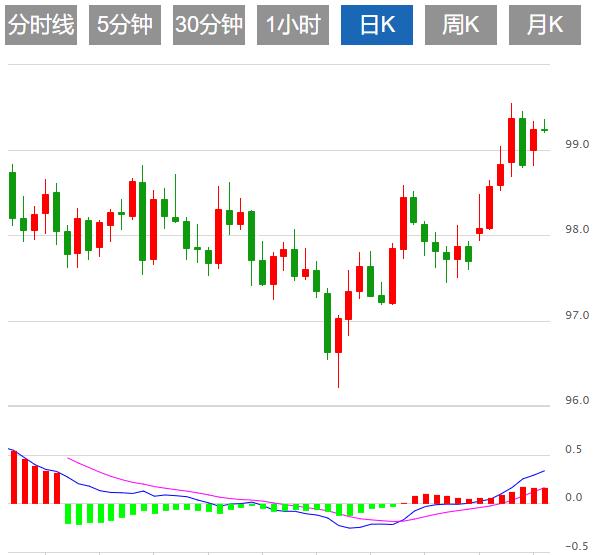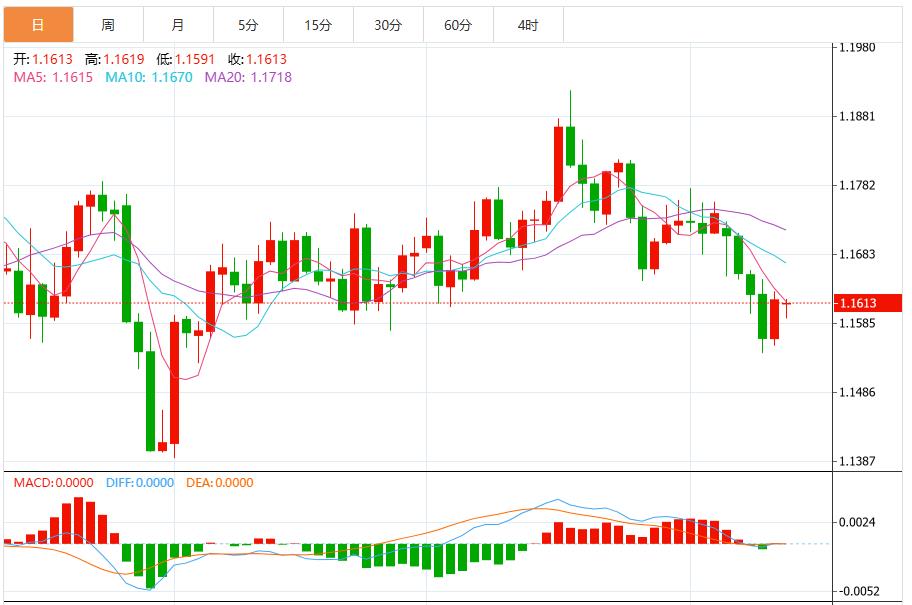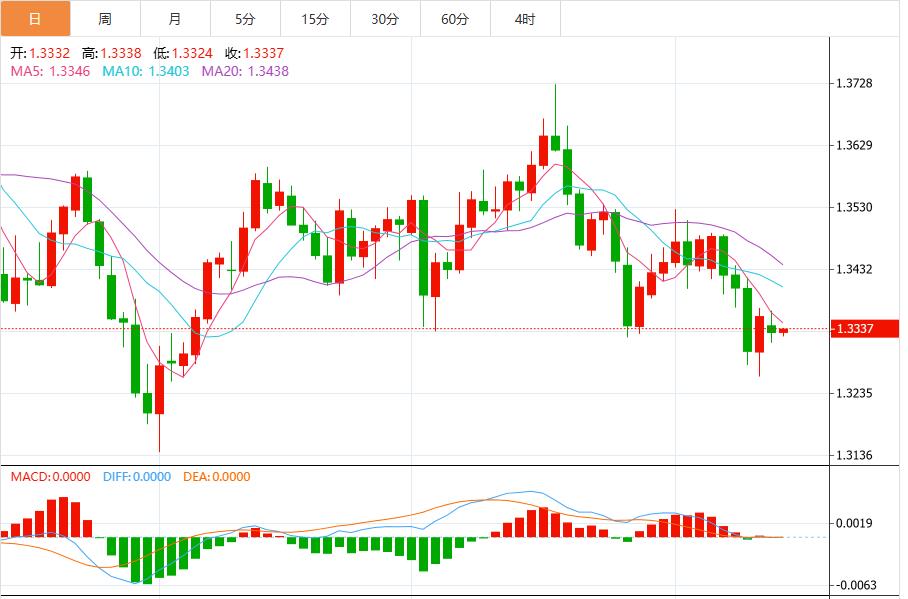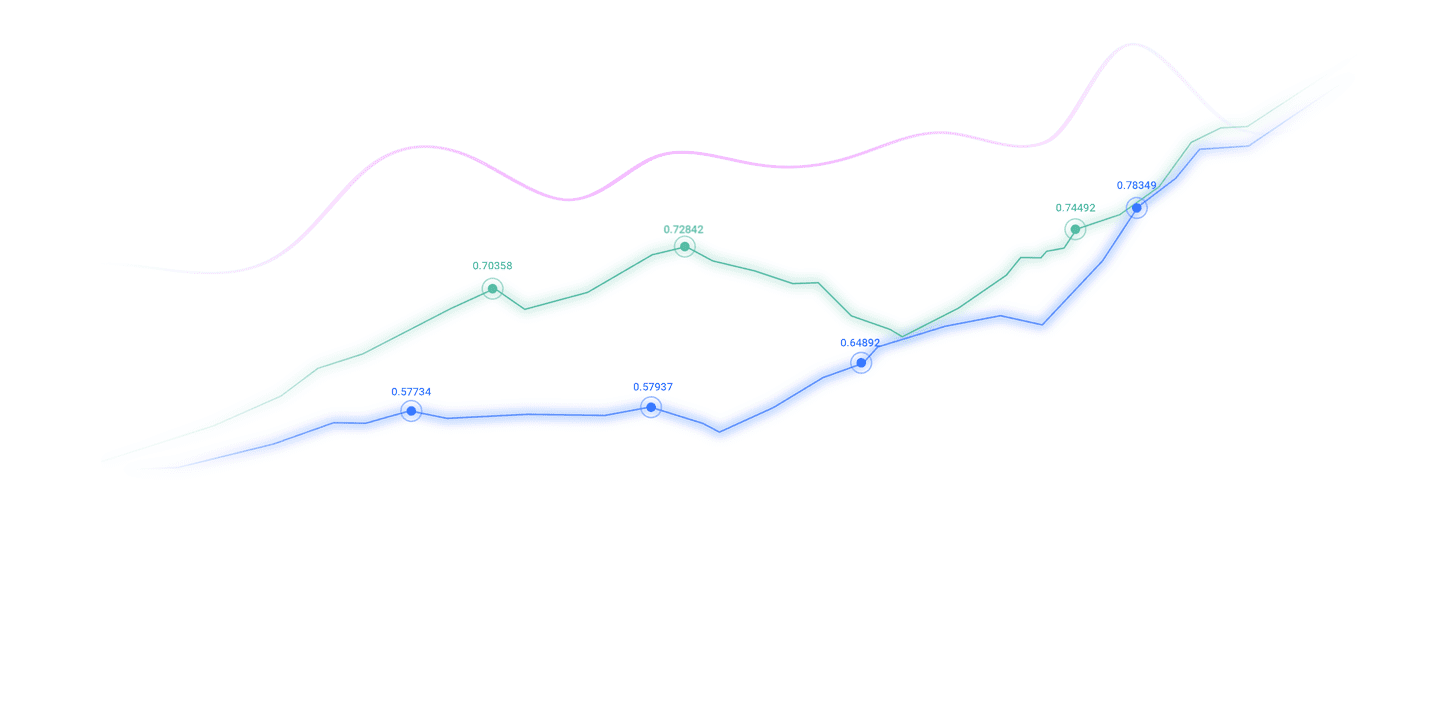Trusted by over 15 Million Traders
The Most Awarded Broker
for a Reason
CATEGORIES
News
- The daily and weekly resistance of gold lines is suppressed, and the gains and l
- The "Season 2" of the two parties in the United States begins!
- Trump escalates pressure on the Fed, the Fed is in trouble
- Non-farm employment data revives bets on interest rate cuts in September, dollar
- Chinese live lecture today's preview
market analysis
Expectations of interest rate cuts coupled with improved risk sentiment put the dollar under pressure
Wonderful introduction:
Without the depth of the blue sky, you can have the elegance of white clouds; without the magnificence of the sea, you can have the elegance of the creek; without the fragrance of the wilderness, you can have the greenness of the grass. There is no bystander seat in life. We can always find our own position, our own light source, and our own voice.
Hello everyone, today XM Forex will bring you "[XM Foreign Exchange Platform]: Interest rate cut expectations coupled with improved risk sentiment, the US dollar is under pressure and falling." Hope this helps you! The original content is as follows:
In Asian trading on Thursday, the U.S. dollar index hovered at 98.53. The main reason for the pressure on the U.S. dollar came from Federal Reserve Chairman Jerome Powell. The positive sentiment in European and U.S. stock markets also led to capital outflows from the U.S. dollar. Technically, the U.S. dollar index is currently testing the key retracement level, and there is no immediate support before the 50-day moving average of 98.025. Market sentiment has clearly turned negative. Unless the dollar can find support at the 50-day moving average and rebound, the possibility of a further pullback to 97.412 remains. Especially in the context of continued consolidation of interest rate cut expectations and high risk appetite, this correction trend is more likely to form.
Analysis of major currency trends
U.S. dollar: As of press time, the U.S. dollar index was hovering around 98.51. The U.S. dollar index fell 0.32% to 98.72, falling for the second consecutive trading day. The Federal Reserve's Beige Book shows that U.S. economic activity has barely changed recently, and employment is basically stable. However, there are signs of weakness such as increased layoffs and low- and middle-income households cutting spending. The U.S. Dollar Index (DXY) continued its downward trend and fell below the key Fibonacci support level of 98.714. There are two reasons behind this: First, traders' expectations for the Federal Reserve to cut interest rates have continued to strengthen, and second, the rebound in global risk sentiment has boosted demand for high-risk currencies. Technically, the U.S. dollar index is currently testing the key retracement level, and there is no immediate support before the 50-day moving average of 98.025. Market sentiment has clearly turned negative. Unless the dollar can find support at the 50-day moving average and rebound, the possibility of a further pullback to 97.412 remains. Especially in the context of continued consolidation of interest rate cut expectations and high risk appetite, this correction trendPotential is easier to form.



1. Australia's unemployment rate soared to a new high in nearly four years
According to data from the Australian Bureau of Statistics, the seasonally adjusted unemployment rate rose from a revised 4.3% in August to 4.5% in September.. "This is the highest seasonally adjusted unemployment rate since November 2021," said Sean Kerik, director of the Bureau of Labor Statistics. The number of unemployed people increased by 34,000 in September. Employment also increased, by 15,000 over the same period. "As a result of these gains, the employment participation rate rose 0.1 percentage point to 67.0%, although this was down from the record high of 67.2% set at the beginning of the year," Crick said. The employment-to-population ratio remained steady at 64.0%.
2. U.S. officials: No evidence of widespread underreporting of imported home appliances
U.S. federal officials said they have found no evidence of widespread underreporting of imported home appliances. The www.xmmen.comments www.xmmen.come after Michigan-based appliance maker Whirlpool last month accused rivals of potentially circumventing tariffs. Whirlpool based its suspicions on import data. Since June, the declared tariff value of many home appliances has dropped significantly. For example, the average declared value of washing machines from South Korea was US$838 in the first five months of this year, but plummeted to US$73 starting in June. A lower declared value means lower tariffs. Whirlpool said it had informed the Trump administration of its concerns and had confronted some www.xmmen.competitors, including South Korea's Samsung Electronics and LG Electronics, over relevant data. Some customs brokers believe that the sudden drop in declared value may be due to data entry errors rather than evasion of tariffs. U.S. Customs and Border Protection (CBP) came to the same conclusion after a review.
3. Barclays predicts that the U.S. economy will stabilize and slow down, with tariffs and employment becoming risk points
Barclays Bank predicts that from the third quarter of 2025 to the third quarter of 2026, the quarter-on-quarter growth of the U.S. economy will maintain an average of about 2%. The forecast reflects a still solid economic expansion, but the pace of growth will tend to slow as fiscal stimulus fades and trade headwinds persist. The bank said the recently implemented tariffs will have a "chronic depletion" effect on economic activity, with most www.xmmen.companies expected to gradually pass on higher import costs rather than trigger an immediate price spike. This may ease pressure on inflation data in the short term, but will prolong pressure on corporate profit margins. Barclays also warned that the main downside risks to its economic outlook came from a slowdown in consumer spending and a possible rise in unemployment, which could hit confidence and discretionary demand heading into 2026.
4. Hungarian Prime Minister: Without the EU instigating Russia and Ukraine, peace might have been achieved
Hungarian Prime Minister Orban said in an interview with the Hungarian media on the 15th local time that if the EU had not incited Ukrainian President Zelensky behind the scenes, peace might have been achieved between Russia and Ukraine. But European leaders want the conflict to continue and are trying to bring U.S. President Donald Trump to support its continuation. Orban also reiterated his opposition to Ukraine joining the EU, saying that Ukraine's joining the EU would mean bringing war into the EU and would take away a large amount of EU funds. Orban also pointed out that before the upcoming EU summit next week, he wants to make it clear with Russia that if the EU uses frozen Russian assets, it willWill Russia's countermeasures include freezing the assets of Hungarian www.xmmen.companies? He will not support the EU's use of Russia's frozen assets if Hungarian www.xmmen.companies are likely to suffer Russian retaliation.
5. IMF: The Bank of Japan should raise interest rates cautiously to cope with uncertainty
A senior International Monetary Fund (IMF) official said on Wednesday that as global trade uncertainty clouds the economic outlook, the Bank of Japan must maintain an easy monetary policy and take a very gradual approach to raising interest rates. Nada Shuairi, deputy director of the IMF's Asia and Pacific Department, pointed out that Japan's economic performance has been better than expected so far this year, thanks to strong consumption and exports, while the trade agreement between Tokyo and Washington has also alleviated some uncertainties. But she also stressed that growth risks are skewed to the downside due to uncertain prospects for other trade negotiations and the possible reversal of loose global financial conditions. She also said there was still uncertainty about whether domestic wages could continue to rise and support consumption, thereby stabilizing inflation near the Bank of Japan's 2% target. When asked about the market consensus that the Bank of Japan may raise interest rates again in January next year, she responded: "It is important to be gradual, very gradual, and to pay attention to all emerging data."
Institutional View
1. Mitsubishi UFJ: Market Underestimating the risk of the Bank of England cutting interest rates again this year, the pound may continue to weaken
Mitsubishi UFJ analyst Derek Halpenny said in a report that the market currently underestimates the possibility of the Bank of England cutting interest rates again before December, which may put pressure on the pound. He pointed out that if the economic data released in the future show that inflation continues to slow down and wage growth does not rebound, then the reasons for easing monetary policy will be further strengthened. In addition, the UK's autumn budget to be announced on November 26 may confirm that fiscal austerity is a drag on the economy. According to LSEG data, the market is currently only pricing in expectations of about 12 basis points of interest rate cuts by December.
2. Institutions: Weak employment in the UK has pushed up expectations for an interest rate cut in December
Felipe Villarroel, an analyst at TwentyFour Asset Management, said in a report that the UK employment data released this week showed a weak labor market, providing room for the Bank of England to cut interest rates earlier than the market had previously expected. Data show that in the three months to August, the UK unemployment rate rose to 4.8% from 4.7% in the previous three months. Analysts pointed out: "Given these labor market data, it should be marginally easier for the Bank of England to start the process of cutting interest rates." LSEG data shows that the market currently expects the probability of the Bank of England cutting interest rates in December to be 47%, higher than the 33% probability before the release of Tuesday's employment data.
3. Institutions: The rebound of the euro is still limited. French political risks and the weakness of the German economy are the leading factors.
Analysts at MonexEurope said in the report that although there is initial progress in French budget negotiations and the easing of political uncertainty, which brings some optimism, the rebound of the euroBullets are expected to remain relatively mild. Analysts pointed out that the "fundamental fragility" of the euro zone remains a dominant theme, which was further confirmed after Germany's October ZEW economic sentiment index released on Tuesday was weaker than expected, which highlighted the weakening momentum of business confidence. The report stated: "We expect that political risks in France and economic weakness in Germany will continue to be the main driving factors affecting the trend of the euro in the short term."
The above content is about "[XM Foreign Exchange Platform]: Interest rate cut expectations coupled with improved risk sentiment, the US dollar is under pressure and downward". It was carefully www.xmmen.compiled and edited by the editor of XM Foreign Exchange. I hope it will be helpful to your trading! Thanks for the support!
Spring, summer, autumn and winter, every season is a beautiful scenery, and they all stay in my heart forever. Gone away~~~
Disclaimers: XM Group only provides execution services and access permissions for online trading platforms, and allows individuals to view and/or use the website or the content provided on the website, but has no intention of making any changes or extensions, nor will it change or extend its services and access permissions. All access and usage permissions will be subject to the following terms and conditions: (i) Terms and conditions; (ii) Risk warning; And (iii) a complete disclaimer. Please note that all information provided on the website is for general informational purposes only. In addition, the content of all XM online trading platforms does not constitute, and cannot be used for any unauthorized financial market trading invitations and/or invitations. Financial market transactions pose significant risks to your investment capital.
All materials published on online trading platforms are only intended for educational/informational purposes and do not include or should be considered for financial, investment tax, or trading related consulting and advice, or transaction price records, or any financial product or non invitation related trading offers or invitations.
All content provided by XM and third-party suppliers on this website, including opinions, news, research, analysis, prices, other information, and third-party website links, remains unchanged and is provided as general market commentary rather than investment advice. All materials published on online trading platforms are only for educational/informational purposes and do not include or should be considered as applicable to financial, investment tax, or trading related advice and recommendations, or transaction price records, or any financial product or non invitation related financial offers or invitations. Please ensure that you have read and fully understood the information on XM's non independent investment research tips and risk warnings. For more details, please click here


































































































